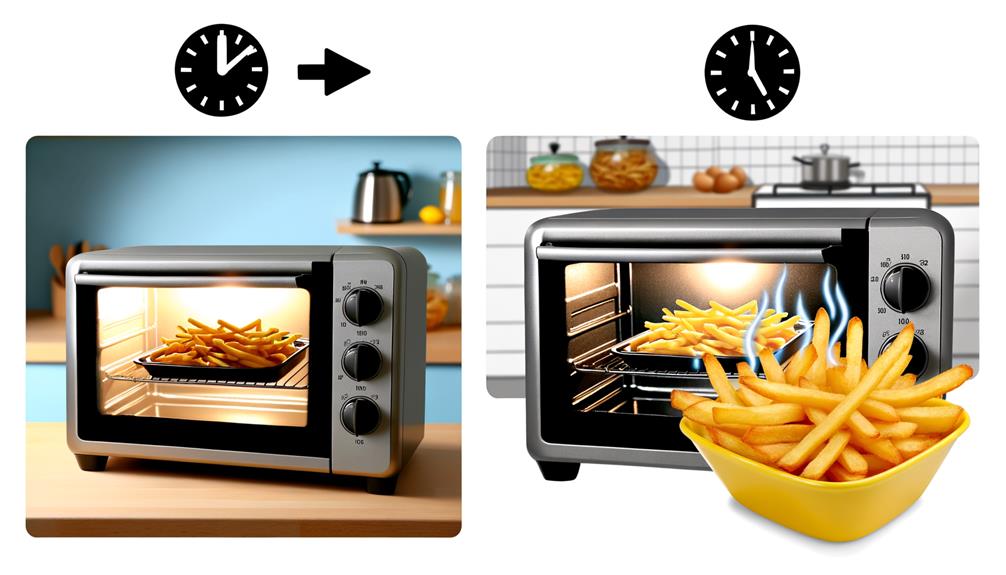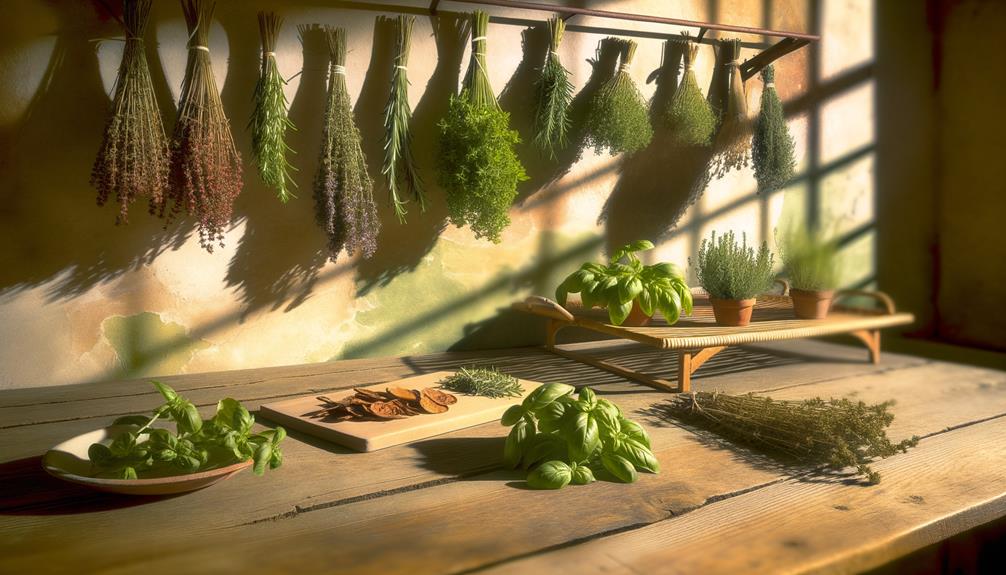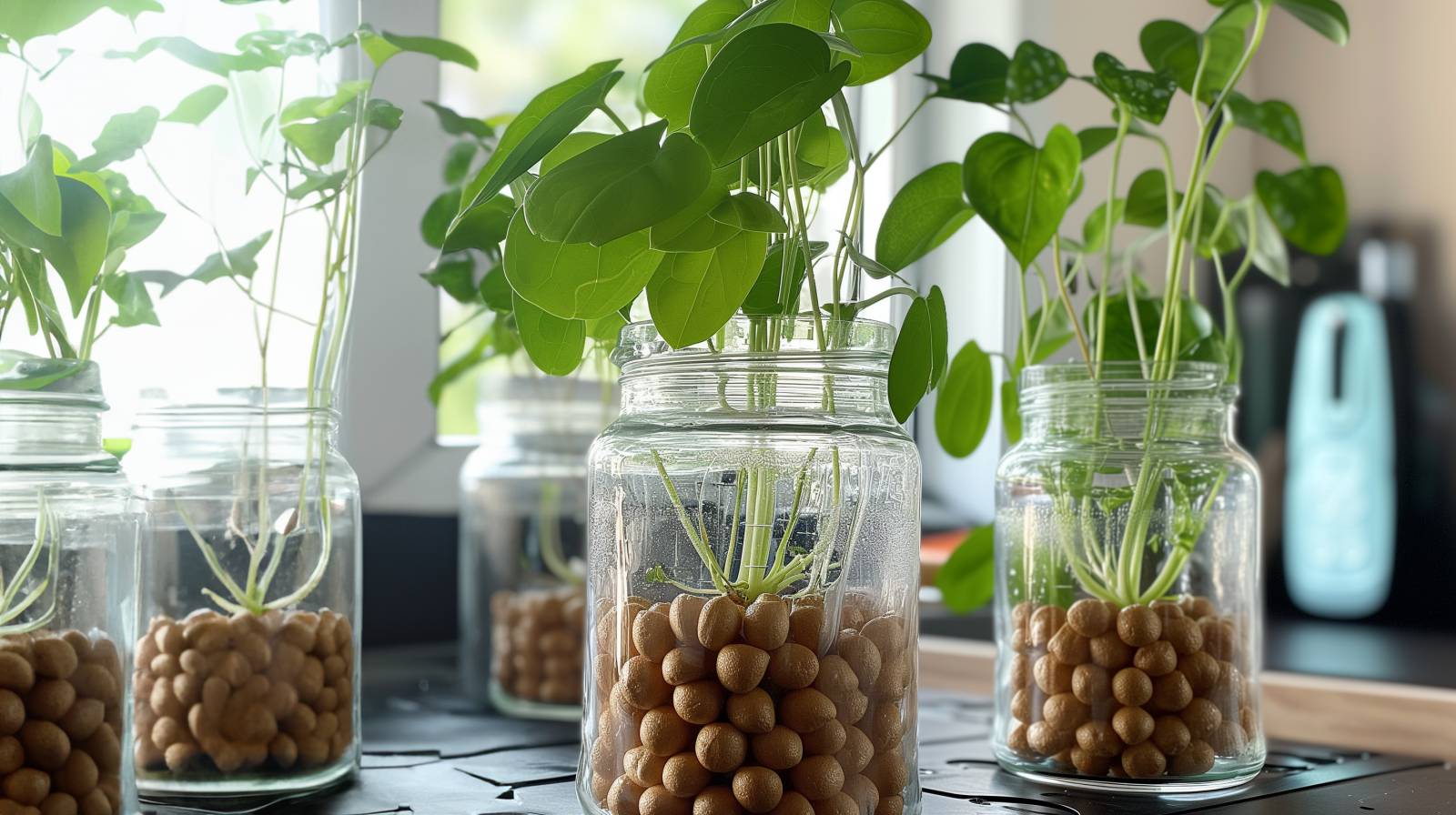Citrus fruits are rich in vitamin C and other nutrients. They also contain pectin, a soluble fiber that helps lower cholesterol levels.
Table of Contents
ToggleThe health benefits of citrus fruit are well known, but did you know they can also improve your skin?
Citrus fruits are packed with antioxidants that fight free radicals and prevent premature aging.

If you want to get the maximum benefit from these delicious fruits, you need to eat them fresh. That means you’ll need to zest them before using them.
Zesting is the process of removing the outermost layer of the rind by hand or machine.
It’s an easy way to add flavor to foods like salads, cakes, cookies, muffins, and more. If you want to begin to add the zest of citrus fruits to your baking, you may not be sure how.
Using a zester is the easiest way to add zest to your cooking and baking, but how do you use it?
This article will help you to use your zester so that you can add delicious flavors to your baking!
What Is Zest?

You may wonder why zest is used in cooking and baking, especially if you are using fruit in your dishes. Zest is popular as it enhances the citrus flavor in your dishes and adds freshness.
The main fruits that are zested are oranges, limes, and lemons. The zest is popular as these fruits can sometimes be very acidic in dishes, so some people prefer to use the zest as it is full of flavor and isn’t as sour or tart.
Utensils Used To Zest
If you have never tried zesting before, it is surprisingly simple to do. There are different ways of zesting fruit, and they are either using a citrus zester or a Microplane. Both methods work well for most fruits, but there are some exceptions.
Citrus Zester
Using a citrus zester is one of the best ways to zest citrus fruit because it works quickly and easily.
If you want long strands of zest that are either used for decoration or to have more of a texture inside your cake, a citrus zester will give you longer strands of zest.
To use the citrus zester, make sure that you are using the sharp end to zest. Apply some pressure to the fruit and run it over the zester, but only move it one way.
This will get those long ribbons of zest to add flavor and texture to your bakes.
Microplane
A microplane is a very popular utensil to use when zesting fruit. It grates the skin of the fruit into small pieces that are not noticeable in cooking or baking.
It is perfect for adding flavor to dishes without the zest being noticeable. Very handy for fussy eaters!
If you choose to use a microplane, make sure that you are gliding the fruit along the sharp side of the utensil.
Move it back and forth and make sure that you spin to fruit to make sure that you do not grate the flesh inside.
Knife
If you do not have any of the utensils above, you can simply just use a knife. Make sure that the knife is sharp and cut strips of the fruit while rotating it, so it almost comes off in one piece.
After you have peeled the fruit, you can chop it into smaller pieces using the knife.
You can cut the peel into whatever size you want, but it is best when the strands of zest and thin and small as zest will enhance your dishes.
Box Grater
This utensil may be in your kitchen to be used to grate cheese, but it can also be used to zest your fruit.
A box grater usually has different-sized holes on each side, so it is up to you which side of the grater you choose to use for your zest.
Make sure that you place the box grater on a plate or a chopping board so that the zest doesn’t go all over your kitchen counter.
With one hand, hold the grater still and move the fruit up and down the grate to the peel. Some of the zest may get stuck, so simply tap the grater to loosen it.
Storing Lemon Zest

If you grate a whole lime, orange, or lemon but you only need a small amount in your dish, you may be wondering if you can store it to make sure that there is no waste.
Storing your zest can be difficult as the peel can begin to lose flavor the longer it is left. You can store it in a zip-lock bag or an airtight container, but it is recommended that you use it within 24 hours of zesting.
As the zest is usually protected from the outer peel, the moisture that contains the citrus flavor that we love in our food is not protected once zested.
The longer you leave the zest, the more flavor it will lose and it will become unnoticeable in your cooking.
Zest Vs Peel
The difference between zest and peel is that the zest is the part of the fruit that is removed before juicing or making juice.
The peel is the white portion of the fruit that is covered by the zest. There is no harm in eating the peel, so there is no need to grate the peel separately.
The peel doesn’t contain the same flavor that the zest does, but it does contain some citrus flavor.
Final Thoughts
To conclude, zest is a great way to add extra flavor to your food. If you don’t have a microplane, a box grater or a knife will work well too.
Just remember to keep the zest fresh and avoid storing it for long periods as it will dry out and lose flavor.
Using any of the utensils above as a zester works very well, but remember to always take care and mind your fingers when using sharp objects in the kitchen.









